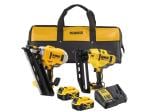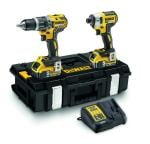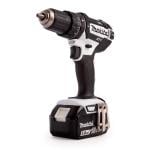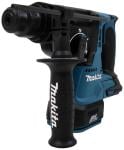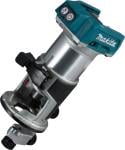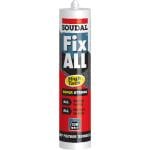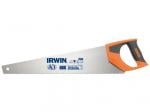What Is the Difference Between Self-Drilling and Self Tapping Screws?
When you are selecting the correct kind of screw for your project you must make the right choice. Mixing up what you need can result in setbacks, damage, and even failure. Many people confuse self-drilling and self-tapping screws as entirely interchangeable, but there are some differences that you need to keep in mind when selecting your screws. Here we will look at what these terms mean and help you on the way to a job well done.
What are Self-Tapping Screws?
Self-tapping screws are, much as they sound, screws that tap their threads into whatever material they are screwed into. While they can be used in all sorts of materials, a pilot hole must be drilled beforehand in metals and hard materials. This is achieved by drilling a hole in the surface that is of a smaller size than the self-tapping screw. As the screw is installed it taps its threads into the material, while fastening the materials together. Depending on the material you are using and the project you are doing, you can choose from many different points to help tap the specific threads, or little tunnels they form, as your self-tapping screws are screwed in.
What are Self-Drilling Screws?
The key difference between self-tapping and self-drilling screws is that self-drilling screws do not require a pilot hole to be drilled before installation. They are a type of self-tapping screw, but one that has the right tip so that it doesn’t need the same pilot hole that other self-tapping screws do. Self-drilling screws have drill points, which allows them to drill into the material and make their holes easily. This has the added benefit of saving you time on pilot holes and getting rid of the need for drill bits to make them. These drill points are assigned numbers to make it easier for you to find the one you need for your job. Number 1 has the shortest flute and will only be suitable for thinner metals. The numbers may vary depending on the brand and type, but as a rule, as the number increases, so does the length of the flute and the thickness of the metal it can be used on. These screws can be used in many projects and have a variety of uses. They are great for attaching two types of material together, or metal to metal, as well as a variety of fixing and fastening jobs.
Conclusion
While self-drilling screws are a type of self-tapping screw, the two terms are not interchangeable. Both tap their threads as they are installed, but not all self-tapping screws should be installed in the same way. Self-drilling screws specifically have no need for pilot holes and can drill and thread their holes simultaneously. In this way, they save time and effort and are often the best way to go depending on your project and its needs. Make sure that you do your research about the best screws for you, and contact our metal building experts to see how we can help you on a project today.
Listed below are some of our self-drilling screws & self-tapping screws-related products:


